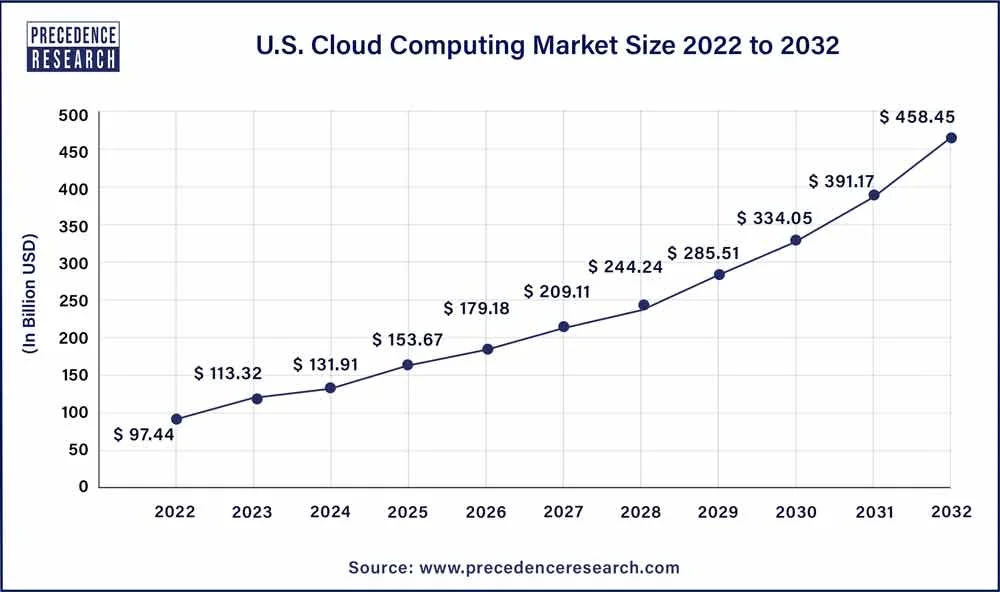In today’s digital world, “cloud computing” is everywhere. It’s how we store photos, run businesses, and access information online. But what exactly is cloud computing, and why does it matter? Let’s break it down, exploring what it is, how it works, and the latest trends shaping its future.
What is Cloud Computing?
Cloud computing uses internet-based services to store data, run software, and access resources. Instead of storing files on your computer or a physical server, you store them on the cloud, which is a fancy way of saying internet-connected servers maintained by companies like Google, Amazon, and Microsoft. It’s like renting space online for your digital stuff.
Types of Cloud Computing
Cloud computing comes in different flavors:
1. Public Cloud: Think of it as renting space on the internet from companies like Amazon or Google. It’s like living in an apartment building where you share resources with others.
2. Private Cloud: This is like having your own house online. It’s dedicated to your organization and offers more control and security but requires more maintenance.
3. Hybrid Cloud: It’s a mix of public and private clouds, giving you flexibility and control. You can keep sensitive stuff in your private space while using the public cloud for other things.
And there are three main services you can get from the cloud:
– Infrastructure as a Service (IaaS): It’s like renting virtual computers, storage, and networking from a provider. You can build and manage your apps on these virtual resources.
– Platform as a Service (PaaS): It’s like renting a ready-made environment for developing and running apps. You don’t worry about the underlying infrastructure; you just focus on your apps.
– Software as a Service (SaaS): It’s like subscribing to software online instead of buying and installing it on your computer. You access the software through your web browser, and the provider takes care of everything else.
Benefits and Challenges
Cloud computing has its perks:
– Cost Savings: You only pay for what you use, saving you money on hardware and maintenance.
– Scalability: You can easily scale up or down based on your needs, whether it’s adding more storage or computing power.
– Flexibility: You can access your stuff from anywhere with an internet connection, making remote work a breeze.
But it also has its challenges:
– Security Concerns: Storing data online raises security questions, although providers take measures to keep your data safe.
– Downtime Risks: Sometimes, cloud services go down, causing temporary disruptions in accessing your data or apps.
– Financial Commitment: While pay-as-you-go sounds great, committing to monthly or annual plans can add up over time.
Top 10 Cloud Computing Trends
Here are some trends shaping the future of cloud computing:
1. Increased Public Cloud Spending: More businesses are investing in public cloud services, especially after the pandemic accelerated digital transformation.
2. Multi-Cloud and Hybrid Strategies: Companies are diversifying their cloud usage to minimize risks and maximize flexibility.
3. Containerization: Using containers for applications is gaining popularity due to their portability and efficiency.
4. Rise of Virtual Desktop Infrastructure (VDI): With remote work becoming the norm, VDI adoption is on the rise for secure access to desktop environments.
5. Cloud-Native Security Solutions: Security tools designed for cloud environments are evolving to address new threats.
6. Communication and Collaboration Tools: Cloud-based tools for remote work and collaboration are in high demand.
7. Expansion of Serverless Computing: Serverless architecture is extending beyond tech companies, offering benefits to various industries.
8. Cloud Cost Optimization: Businesses are focusing on optimizing cloud costs to avoid overspending.
9. Cloud-Powered AI: AI services hosted on the cloud are fueling innovation across industries.
10. Azure’s Growth Trajectory: Microsoft Azure is emerging as a strong competitor to AWS, driving healthy competition in the cloud market.
Conclusion
Cloud computing has transformed how we work, play, and do business online. Embracing its potential can help organizations stay agile, save costs, and drive innovation in an ever-evolving digital landscape.

